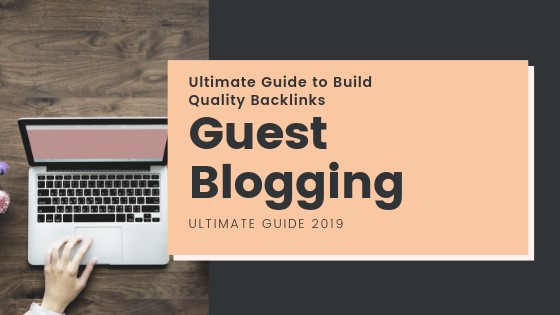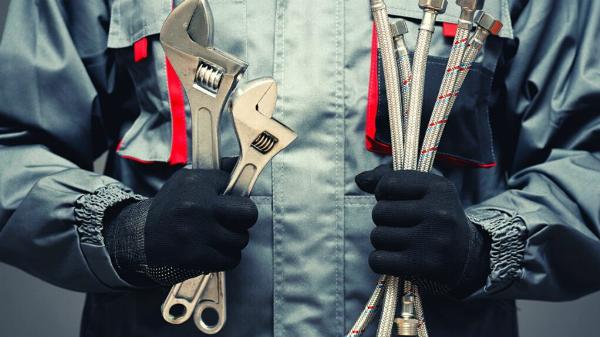 Competitor Backlink Hack – Steal Their Traffic. Legally!
Competitor Backlink Hack – Steal Their Traffic. Legally!
How to Install Artificial Turf: Prep Work, Drainage, and Securing Edges
Written by Sarah Thomas » Updated on: June 17th, 2025

(A Detailed DIY Guide for Flawless Results)
Artificial Turf is a game-changer for busy homeowners. It gives you a lush, green lawn year-round without the hassle of mowing, watering, or weeding. But to make it look natural and last for years, proper installation is key.
This guide will walk you through every step—from prepping the ground to securing the edges—in simple, easy-to-follow language. Let’s turn your yard into a low-maintenance paradise!
Why Artificial Turf?
Before we dive in, let’s see why Artificial Turf is worth the effort:
• No watering needed (save money and the planet!).
• Always green, even in droughts or winter.
• Safe for kids and pets (no mud or chemicals).
• Lasts 15–20 years with minimal care.
But to enjoy these benefits, you must install it correctly. Poor prep or drainage can lead to lumpy turf or puddles. Let’s avoid that!
Step 1: Prep Work – Building a Strong Foundation
Think of prep work like baking a cake—mess up the base, and the whole thing collapses. Follow these steps:
1. Remove Existing Grass and Debris
• Use a shovel to dig up grass, weeds, and roots. Go 3–4 inches deep.
• Pick out rocks, sticks, or trash.
📌 Pro Tip: Rent a sod cutter from a hardware store if you’re removing a large lawn.
2. Level the Ground
• Rake the soil to make it flat. Fill low spots and knock down high spots.
• Slope the ground slightly (1–2% slope) away from your house for drainage.
⚠️ Don’t skip sloping! Without it, rainwater will pool under your Artificial Turf.
3. Add a Base Layer
• Spread 3–4 inches of crushed stone or gravel over the soil.
• Use a plate compactor (or hand tamper) to press the base until it’s rock-hard.
Why crushed stone? It lets water drain and stops the turf from sinking.
4. Lay Landscape Fabric
• Roll out weed-blocking fabric over the base. Overlap edges by 6 inches.
• Cut holes for drainage pipes (if needed).
Step 2: Drainage – Keep It Dry
Good drainage stops water from rotting your Artificial Turf or creating swampy smells. Here’s how to do it right:
1. Check the Slope Again
Use a level tool to ensure the ground slopes away from buildings.
2. Add Drainage Pipes (If Needed)
• For very wet areas: Dig a trench under the base layer and lay a perforated pipe.
• Cover the pipe with gravel and connect it to a storm drain or dry well.
3. Use Permeable Materials
• Choose crushed stone (like granite) for the base—it lets water flow through.
• Avoid compacted clay or sand, which trap water.
Step 3: Install the Artificial Turf
Now for the fun part! Unroll your Artificial Turf and follow these steps:
1. Roll Out the Turf
- Lay the turf over the prepared base. Let it sit in the sun for 1–2 hours to relax any wrinkles.
- Make sure the turf fibers face the same direction (for a natural look).
2. Trim to Fit
• Use a utility knife to cut the turf to match your yard’s shape.
• Leave a little extra (1–2 inches) around edges for adjustments.
Pro Tip: Cut from the backside of the turf to avoid slicing the grass blades.
3. Join Multiple Pieces (If Needed)
• Overlap two pieces by 1–2 inches.
• Cut through both layers to create a seamless edge.
• Use turf tape and adhesive to glue the pieces together.
Step 4: Secure the Edges – No Wrinkles Allowed!
Loose edges can curl up or trip people. Secure them like a pro:
1. Nail or Staple the Perimeter
• Use galvanized nails or staples every 6–8 inches along the edges.
• Sink them flush with the turf (don’t let them stick up!).
2. Hide the Edges
• Tuck turf edges under fences, flower beds, or paving stones.
• Add soil, mulch, or rocks around the border for a clean finish.
3. Add Infill (Optional)
• Sprinkle sand or rubber granules over the turf.
• Use a broom to brush the infill into the fibers. This helps the turf stand up and feel softer.
Stage 5: Last Checks
Before you celebrate, do these fast checks:
• Walk the whole region: Feel for knocks or free spots.
• Hose it down: Test waste by splashing water. It ought to stream away, not pool.
• Brush the turf: Utilize a solid brush to cushion up leveled strands.
Normal Missteps to Stay away from
• Avoiding the base layer: Turf will hang and look knotty.
• Failing to remember waste: Caught water = shape and scents.
• Stopping as well: Consistently leave additional turf for changes.
• Utilizing powerless cements: Modest paste can make creases split.
Upkeep Tips for Artificial Turf
• Brush month to month to keep filaments standing.
• Wash sporadically to eliminate residue or pet waste.
• Eliminate leaves and flotsam and jetsam to forestall stains.
Tools and Supplies You’ll Need
Gather these items when you start these above steps:
• Artificial Turf (measure your area and buy 5–10% extra for cuts).
• Utility knife (sharp blades for cutting turf).
• Shovel, rake, and wheelbarrow (for digging and moving materials).
• Crushed stone or gravel (for the base layer).
• Landscape fabric (stops weeds from growing through).
• Plate compactor or hand tamper (to flatten the base).
• Galvanized nails or staples (to secure edges).
• Sand or rubber infill (optional, for a softer feel).
Summary
Introducing Artificial Turf isn't hard, however it takes tolerance and prep work. By evening out the ground, guaranteeing great seepage, and getting the edges firmly, you'll make an immaculate yard that stays green for quite a long time. Whether you're worn out on cutting or simply need a youngster accommodating yard, Artificial Turf is a brilliant, smart arrangement.
So snatch your instruments, follow these means, and prepare to partake in the most straightforward yard of your life!
FAQS
1. What amount of time does it require to introduce artificial turf?
The establishment cycle ordinarily requires 1 to 3 days, contingent upon the size of your yard and how much prep work required. Eliminating old grass, evening out the ground, and getting the turf appropriately are the most tedious advances.
2. Do I have to add infill to artificial turf?
While infill is discretionary, it helps keep the turf filaments upstanding, further develops waste, and adds padding. Sand or elastic infill is regularly utilized, particularly in high-traffic regions or pet-accommodating spaces.
3. What occurs on the off chance that I skirt the base layer?
Skirting the base layer can prompt lopsided turf, unfortunate seepage, and an uneven surface. A legitimate base made of squashed stone or rock guarantees security and keeps the turf from sinking over the long haul.
4. How would I clean and keep up with artificial turf?
Artificial turf is low-upkeep yet at the same time needs incidental consideration. Brush the filaments month to month, wash with water to eliminate residue or pet waste, and eliminate leaves or trash to keep it looking new.
Note: IndiBlogHub features both user-submitted and editorial content. We do not verify third-party contributions. Read our Disclaimer and Privacy Policyfor details.
Copyright © 2019-2025 IndiBlogHub.com. All rights reserved. Hosted on DigitalOcean for fast, reliable performance.













